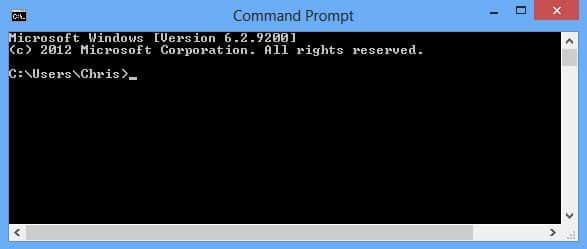Hard drives are like printers: the technology is so old and well understood, that nothing new really happens. Besides, not all of us understand NVMe and SATA SSDs these days. Not to mention WD has just released the EAMR hard drive.
| Join the channel Telegram of the AnonyViet 👉 Link 👈 |
EAMR hard drives are for big businesses
Although consumers have gradually forgotten about mechanical hard drives, data centers are still looking for higher capacity hard drives. That’s why Western Digital (WD) has developed new enterprise-grade drives, which WD is developing is calling “ePMR” (energy-assisted perpendicular magnetic recording).
In July 2020, Western Digital announced its new drives, including 16 and 18 TB Gold Enterprise drives, and a massive 20 TB EAMR Ultrastar drive coming soon.
That’s an extremely large amount of capacity packed into a drive that is equally attractive. Unfortunately, you can’t put this 3.5-inch monster in your rig for the time being. Because right now, these monsters belong to big businesses.
However, for new tech enthusiasts, ePMR is truly remarkable.
What are hard drive manufacturers pursuing?
Every component in a computer is something engineers want to improve. When it comes to CPUs, they often want to shrink the size and increase the clock speed. However, when it comes to hard drives, the focus is still on stuffing in more bits of data and the same disk size.

A hard drive consists of several components, but the two most important are the data disk, and the data read/write head.
Hard drives store data using a binary system. The data logger will move over the turntable and use the magnetic field to record data in a pattern corresponding to the numbers 0 and 1.
People often compare hard drives to vinyl recorders. The recording contains sound and is guided by a needle to a specific point to retrieve data. On the LP, you can actually count the tracks on the vinyl to drop the needle in the right track (those old disc players). The data on the hard drive is so small that you can’t manually move the reader to a certain location, so you need a computer to do it.
However, unlike LP, the reader can not only read data, but also write data. The problem is that writes on non-EAMR drives are incorrect. This means that the data bits cannot be closely aligned with each other.
So, EAMR appeared to aim to solve this by allowing bits to be written closer to the drive (in other words, writing related bits closer together). WD drives apply a current to the recorder while it is still operating. This creates an extra magnetic field, which helps create a more consistent recording signal. It also means that data can be written to the drive more accurately.

As data is written to the drive more precisely, it can pack more bits per inch (BPI) in the same surface. This is why EAMR is such a big step forward for hard drives: more precise write operation means more data can be written to the disk, increasing its area density.
However, EAMR is not a stand-alone advancement, it is just one of several features that work together to help increase hard drive space. Another big advancement on the new WD Gold drives is the tri-state actuator (TSA). This mechanical solution is more accurate than a disk read/write head.
Over the years, drive manufacturers have made other advances to increase drive performance. At some point, they’ll make platters thinner to fit more discs into a drive of the same size.
Once that’s developed as far as possible, companies like WD will take it to the next level by creating helium-filled spaces for the discs. This reduces friction and temperature inside the drive, making the drive more energy efficient.
All of this will help you put more disks in the same drive. WD has also improved this process, from 7 discs in 2013 to 9 discs today.
While it’s an important step forward, EAMR still works with other technologies to increase the capacity of drives.
Business only (for now)

While high-capacity hard drives are an attractive prospect for personal computers, they’re not yet in full use. Although this could change in a few years. The helium-filled drives were also an enterprise-specific feature at first, but they reached consumers about three years later. You can find them in drives with a capacity of 12 TB or more, like some WD external hard drives, for example.
Here’s WD’s response to a question about the outlook for EAMR and TSA at the consumer level:
“While we do not share future plans and roadmaps, we do listen to our customers’ needs and recognize that data storage requirements are increasing across many market segments, including including consumers.”
No need for a NAS drive, the desktop already has a pretty good amount of space. Just a few years ago, 1 or 2 TB drives were a big deal, but now, you can buy 6 or 8 TB drives easily. Bringing that mindset to more NVMe drives and SSDs, you can buy quite a few hard drives, too.
Still, the concept of 16 TB or more on a single drive is a compelling idea. It seems that despite the amazing performance of NVMe and SATA SSDs, the future of mechanical hard drives is still wide open.
If you are concerned about the health of your hard drive, you can learn more in the article Instructions to check the health of your hard drive on your computer.







